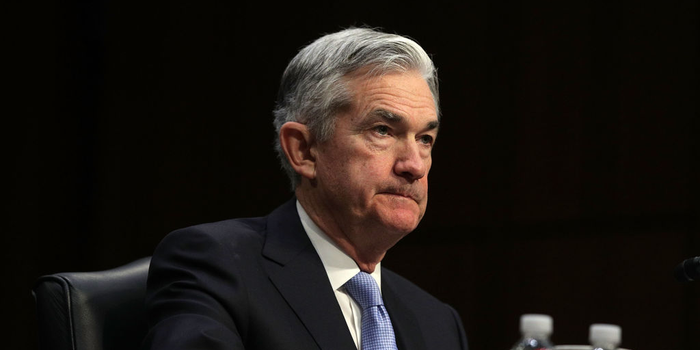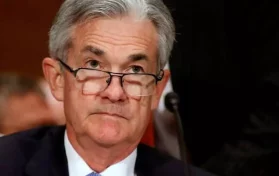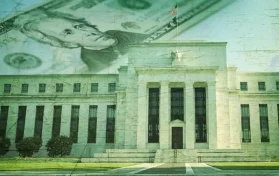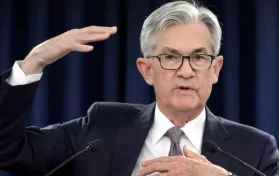
On Wednesday, the Fed raised interest rates for the first time since 2018. Critics say this is too little too late, as inflation hit a record high of 7.9 percent at the end of February. Wholesale prices – or producer price index – reached ten percent, according to the latest data. The Labor Department report released last week does not account for the increase in fuel prices that the United States has seen since Russia invaded Ukraine on February 24, and March’s report is likely to be a startling one.
When Fed chairman Jerome Powell announced the quarter-point rate increase, he also said that the war in Ukraine is likely to boost inflation even further. Powell also inferred that the conflict will hurt the U.S. economy in the long run.
Powell said that he believes the Fed’s policy rate will hit 1.9 percent by December, as a result of increases that are likely to take place each time the Fed meets in 2022. He also hinted that there will be at least four rate hikes in 2023, eventually pumping the Federal interest rate to 2.8 percent. Powell and others at the central bank believe this number will finally put a damper on the surging inflation Americans have endured since mid-2021.
Fox Business’ Dagen McDowell says that even with seven rate hikes in 2022 and four hikes in 2023, the interest rate will still be below the level of inflation. McDowell shared with Fox’s Bill Hemmer and Sandra Smith on Thursday that the Fed was slow to act possibly due to government spending and the Fed’s buying up of government debt. She also shared that borrowing rates had already risen prior to the Fed’s official action on Wednesday, with many 30 year fixed rates already at 4 percent. Sandra Smith noted that the housing market is “extremely tight” at the moment; the average price of a home in America as of February was $477,000. Higher rates could slow down the purchasing of homes, and, while this does not indicate a housing bubble such as was seen in 2008, these numbers aren’t encouraging for the real estate market.
Many economists believe that America is headed for a recession. Sandra Smith noted that not only does Larry Kudlow, who was a part of the financial advising staff of President Donald Trump, but Larry Summers, who was a part of the Obama Administration agree that a recession is coming.
Dagen McDowell noted the Jerome Powell had reduced his expectation for economic growth from four percent to 2.8 percent, and, McDowell agreed that, by December, the country could be in an economic recession.
Powell has said he wants to keep inflation at 4.3 percent.
Americans are feeling an intense pain at the pump since Russia invaded Ukraine (gas prices had gone up 58.7 percent between January 2021 and December 2021, so the sting was already present). However, when barrels of oil fell earlier this week from about $130 back to just under $100 per barrel, Americans wondered why gas prices weren’t falling to correspond with the oil futures price.
It’s important to note that oil is traded on the stock market in futures. The barrels of oil that were selling so high were for May 2022, not March 2022. The cost of a barrel of oil does not reflect the price that fuel companies must pay to have the crude oil refined and prepared to become gasoline or diesel. There is also a wholesaler who must pass along costs to fuel stations in order to offer gas at the pump. All of these are factors in the price of fuel at the pump, so Americans may not see a drop in prices for a week or more.
The Biden Administration has also drafted social media influencers such as Ellie Zeiler to assist in promoting the message that gas prices didn’t go up until Russian President Vladimir Putin invaded Ukraine. While there was a surge soon after the invasion, gas had gone up by more than one dollar from one year ago in February





